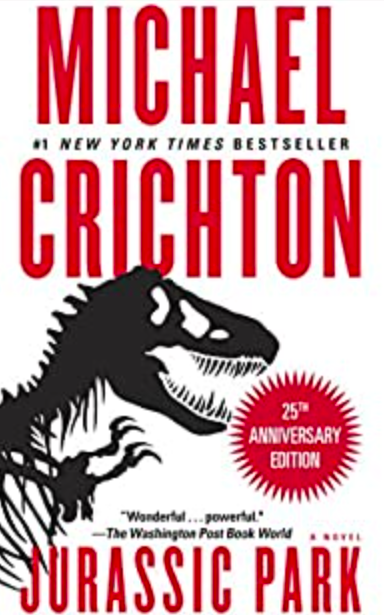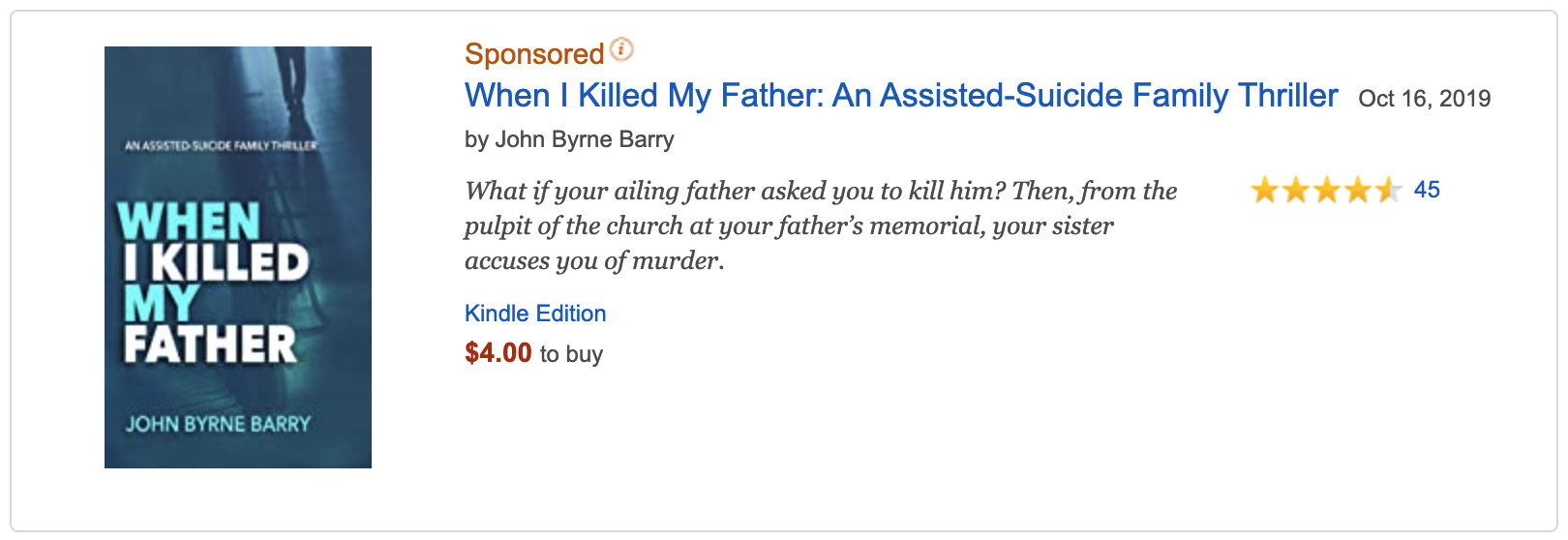In the olden days, before self-publishing, publishers wrote book blurbs. Now you’re the publisher and you need to write the killer blurb that will sell your book in today’s crowded marketplace.
The blurb, a.k.a. the book description, appears on the back cover of the book and on your online sales page, and is arguably more important in attracting readers than anything but your cover and title.
On March 19 at 10 am, I’m leading a BAIPA workshop on “How to Write a Killer Book Blurb.” (Register here.) We’ll start with a brief overview and some formulas and examples, and devote most of our time to strengthening and sharpening your blurbs.
We will put your blurb up on the shared screen and, together, brainstorm ideas and edit copy.
Which means we won’t have much of a workshop unless you send me your blurbs.
I don’t know how many we’ll get, but it’s first-come, first-served, and we’ll aim to give attention to all of them. We will cover fiction and nonfiction.
You need not have completed your book, or even started it, to participate. A compelling blurb can be just as important before you’ve written your book, because it can guide you as you write.
—
A blurb is usually one to three paragraphs and less than 100 words, though there’s no required word limit. It is not a synopsis, but a promise that persuades potential readers they must read your book.
You want to reveal enough to entice your readers, but hide enough so they’ll pay to find out more. You may also want to share setting, genre and tone. Is it light and funny or dark and tense?
And no spoilers. Blurbs are like movie trailers, which never give away the endings.
But how do you distill your several-hundred page book into one or more memorable paragraphs?
Let’s look at a well-known example.
 An astonishing technique for recovering and cloning dinosaur DNA has been discovered. Now humankind’s most thrilling fantasies have come true. Creatures extinct for eons roam Jurassic Park with their awesome presence and profound mystery, and all the world can visit them—for a price.
An astonishing technique for recovering and cloning dinosaur DNA has been discovered. Now humankind’s most thrilling fantasies have come true. Creatures extinct for eons roam Jurassic Park with their awesome presence and profound mystery, and all the world can visit them—for a price.
Until something goes wrong. . . .
Your book may not feature a dangerous predator, but you can use a similar formula, which has three parts — setup, hook, and punchline. Like a joke.
For Jurassic Park, the punchline is, “Until something goes wrong.” For most books, you want to be more specific, but if your premise is as brilliant as Jurassic Park, you can let readers use their imagination.
Either way, you let readers know that something does go wrong, and to find out how the hero solves the problem, you have to read the book. You don’t give the “how” away in the blurb.
—
Here are the instructions for submitting your blurb.
- Register for the workshop here. It’s $25 for members, $40 for nonmembers. Members must log in to register.
- Send a blurb of 100 words or less to [email protected] by March 17. One blurb per participant.
You may submit a shorter blurb for social media or Amazon ads, which limit you to 149 characters. (That’s how many characters are in this paragraph.)
Here’s an example of an Amazon ad for my most recent novel. 149 characters is not many.
I look forward to working with you to make your blurbs better.
P.S. At the April meeting, we will be hosting a book blurb contest. Like the cover contest, but in this case, we will share the entries in advance as well as at the meeting. Winners will receive a free workshop. We’ll share details and instructions later this month.
